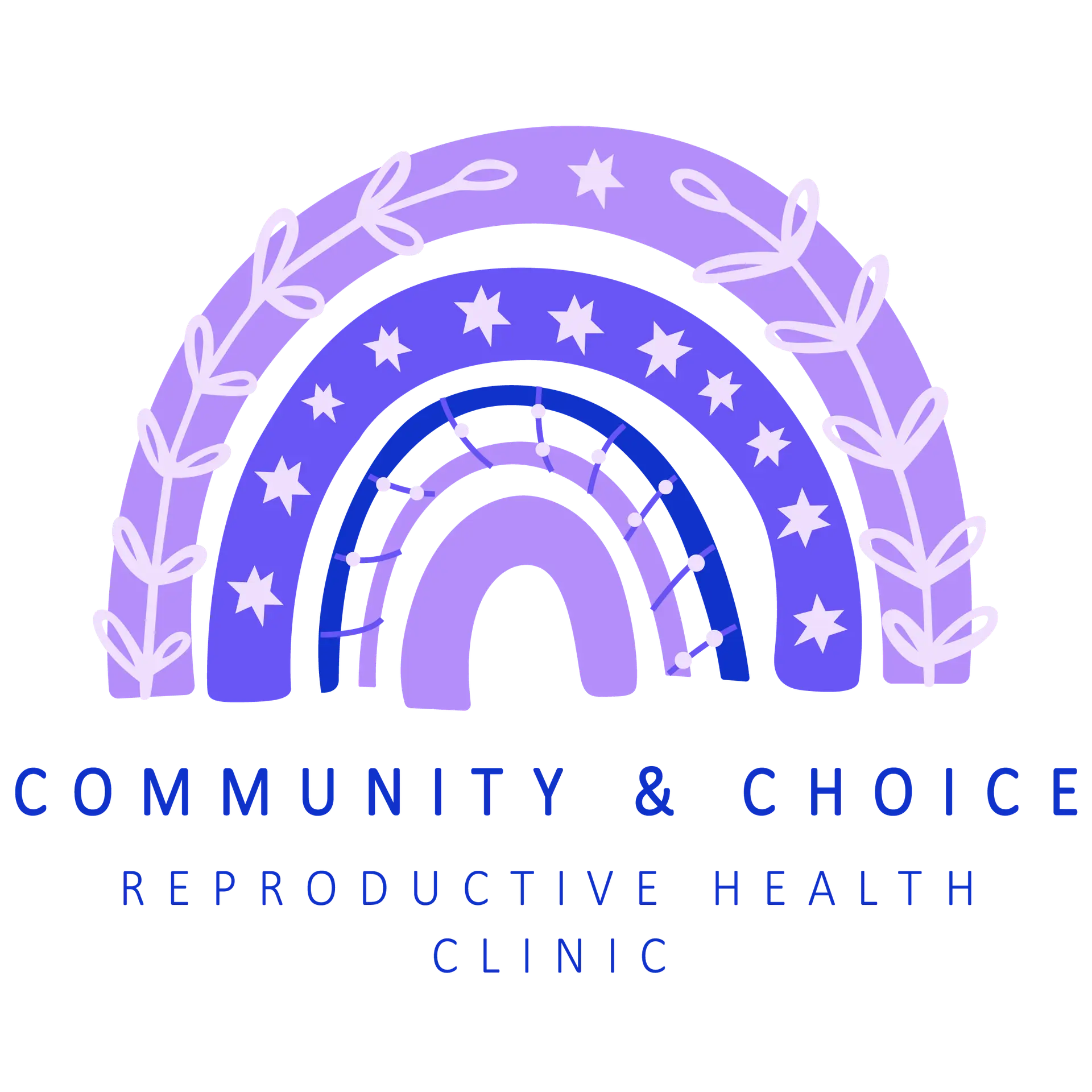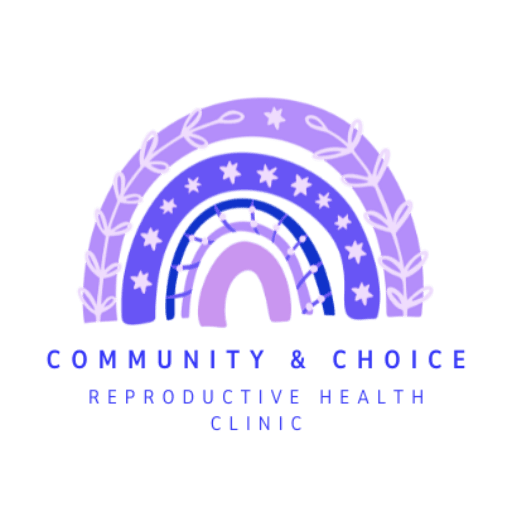Phone: (780) 443-9400


Abortion in Canada has undergone significant changes over the decades, reflecting evolving societal attitudes, legal frameworks, and women’s rights activism. The legal status of abortion in Canada was transformed in 1988 when the Supreme Court ruled in R v. Morgentaler that the existing law prohibiting abortion was unconstitutional. This landmark decision effectively decriminalized abortion, granting individuals the autonomy to make choices regarding their reproductive health without the stringent restrictions that had previously existed.
Today, people in Canada can access abortion services without needing to justify their decision, considering it a crucial aspect of reproductive rights. These rights are further supported by provincial health care policies, which ensure that abortions are covered under public health insurance. Accessibility, however, varies across regions, as urban areas often have more readily available services compared to remote or rural locales, where access can be limited due to fewer clinics and healthcare providers willing to perform the procedure.
The options for abortion in Canada include medical (medication-based) and surgical methods, catering to individual’s diverse preferences and circumstances. With medical abortions, the person can take prescribed medications within the early stages of pregnancy – a process that can often be conducted in a private setting. Surgical abortions, which can be performed in clinics or hospitals, are necessary in certain cases or for more advanced pregnancies.
Understanding the current landscape of abortion rights in Canada necessitates acknowledging the historical context that shaped them. Legislative efforts continue to protect and expand access to reproductive health care, while ongoing discussions reflect the need for improved education and outreach, particularly in underserved areas. As we continue to explore the types of abortion available, the associated pros and cons will contribute to a better understanding of this multifaceted subject.
In Canada, individuals seeking an abortion have access to various procedures, each designed to accommodate different stages of pregnancy and individual circumstances. The two primary categories of abortion methods are pharmacological (medical) abortions and surgical abortions. Understanding these options is crucial for informed decision-making.
The pharmacological abortion, commonly referred to as a medical abortion, involves the administration of medication to terminate a pregnancy. This method is typically available up to ten weeks into the pregnancy. The process consists of two medications: mifepristone, which blocks the hormone progesterone, and misoprostol, which induces contractions to expel the contents of the uterus. Medical abortions can be conducted in a clinic or at home, offering patients more privacy and choice in their experience.
Surgical abortion, on the other hand, encompasses several methods, each differing in technique and gestational limits. One common surgical method is suction aspiration (or suction curettage), which can be performed up to 12 weeks gestation. During this procedure, a local anesthetic may be administered, and a thin tube is inserted into the uterus to suction out the pregnancy tissue.
Another surgical method is dilation and curettage (D&C), which is typically used for a wider range of gestational ages, often up to 20 weeks. This procedure involves dilating the cervix and using surgical instruments to remove tissue from the uterus. D&E (dilation and evacuation) is another surgical option for pregnancies between 15 and 24 weeks and combines suction and surgical instruments to empty the uterus.
Setting-wise, medical abortions can generally be performed in outpatient settings, while surgical procedures often take place in clinics or hospitals, depending on the gestational stage and complexity of the case. Understanding these various abortion procedures enables individuals to make decisions that align with their health, circumstances, and preferences.
When considering abortion options in Canada, it is vital to evaluate the pros and cons associated with each type of procedure. The two primary methods of abortion are medication abortion and in-clinic procedures, each with distinct advantages and disadvantages. Understanding these factors can help individuals make informed decisions based on their unique circumstances and preferences.
Medication abortion, commonly referred to as the “abortion pill,” allows individuals to terminate a pregnancy within the first ten weeks. One of the significant advantages of this method is accessibility, as it can often be done in the privacy of one’s home, providing a level of comfort for many. Additionally, the procedure is typically less invasive. However, some individuals may experience side effects such as nausea, fatigue, or pain, which can be distressing and there’s always the possibily of the medication not working or having to deal with retained products of conception. Even the percentages are very low, is something to consider during the decision making.
In contrast, in-clinic abortion procedures, including aspiration or dilation and evacuation (D&E), often provide a quicker conclusion to the process. Nevertheless, the surgical nature of these procedures can result in physical side effects and potential complications, such as infection or injury. Furthermore, the emotional impact of undergoing surgery can vary significantly from person to person, and some may find it harder to cope with compared to medication abortion.
Ultimately, the choice between medication and surgical abortion should consider personal health, emotional wellbeing, accessibility to facilities, and individual preferences. Each option has its unique implications that must be weighed carefully to ensure that the decision made aligns with one’s individual needs and circumstances.
When considering an abortion, individuals face a range of personal and emotional factors that require careful contemplation. It is essential to assess personal circumstances, which may include financial stability, relationship dynamics, and existing responsibilities. Individuals should reflect on how a potential abortion aligns with their current life situation and future aspirations. For some, the decision may be straightforward; for others, it may entail more complex considerations involving various dimensions of their lives.
Support systems also play a crucial role in this decision-making process. Engaging with trusted friends, family members, or partners can provide emotional backing and facilitate open discussions about feelings and concerns. It is important to consider how your support network can assist you throughout the procedure and aftercare, should you choose to proceed with an abortion. The presence of supportive individuals can significantly alleviate feelings of isolation and anxiety inherent in such a life-altering decision.
Consulting medical professionals is a foundational step in making an informed choice. Healthcare providers can elucidate the different abortion methods available, detailing the advantages and potential risks associated with each. They can also assess your medical history and offer tailored advice that aligns with your specific health considerations. This medical guidance is paramount in ensuring that any decision made prioritizes your physical and emotional well-being.
Furthermore, mental health should not be overlooked. Individuals are encouraged to consider the psychological implications of undergoing an abortion. Speaking with a mental health professional can be invaluable in processing emotions and preparing for the various outcomes of the decision. By nurturing your mental health, you empower yourself to make a choice that truly reflects your needs and values.
Overall, making an informed decision about abortion involves a holistic approach—factoring in personal circumstances, seeking support, understanding medical options, and prioritizing mental health. By considering these elements, individuals can navigate this complex decision and emerge with confidence in their resolution.

